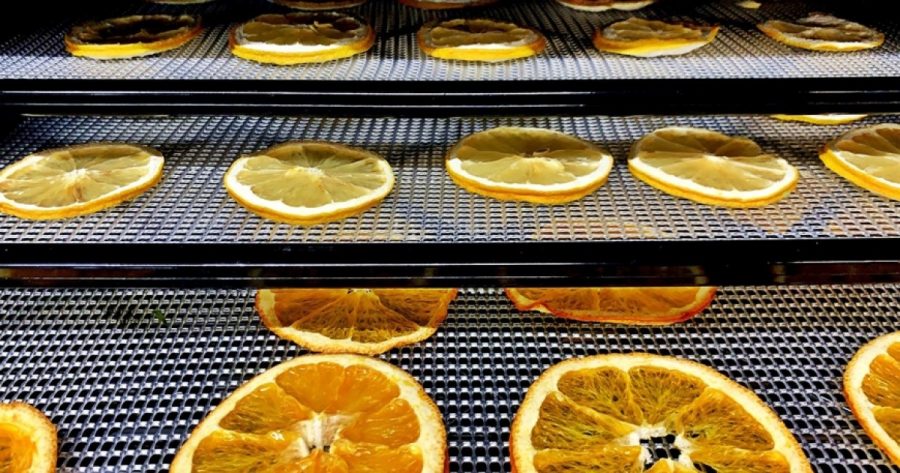Ionic Wind
March 5, 2021
Once a fresh fruit or vegetable is picked, it starts going bad. As the fresh foods still have to be transported to other locations, there is barely enough time to eat them. A familiar way to fix this is to remove water from the food, or dehydration. Dehydration also uses heat, which ends up being a problem. The heat can take many nutrients out of the food and defeat the purpose. The solution? Researchers have found a way to dehydrate foods without taking any nutrients along with it. This new ionic wind is more energy-efficient as well.
The chemicals like antioxidants and vitamins coming from fruits and vegetables are necessary for everyone. On the other hand, some of the chemicals are devoted to giving flavor to these foods. Metal wires and a little bit of voltage can keep all of the positive chemicals while keeping the foods better for longer.
This process, ionic wind, works when a high enough voltage connects to a bare positive-charged wire creating an electric field. Between 10,000 to 30,000 volts usually suffices. Since electrons have a negative charge, they are attracted to the positive wire. As the process goes on, air molecules lose electrons and become positively charged. As the charged ions move, they’ll bump into uncharged air molecules and drag them in the same direction setting up the ionic wind process.
In previous attempts to the set-up, the fruit and vegetables rested on a metal plate. Since airflow couldn’t reach the opposite side of the produce, the slices dried very slowly. A metal mesh plate has been substituted for the plate. This small change made a big difference. The drying process time was cut and the energy use dropped by 85%.
As more tests are completed on this new food drying process, a more accurate count of vitamins and antioxidants will be expressed. Of course, fresh fruit and vegetables will always be the most nutrient dense option, but as science continues to expand and be experimented, this new ionic wind can be much more convenient.


